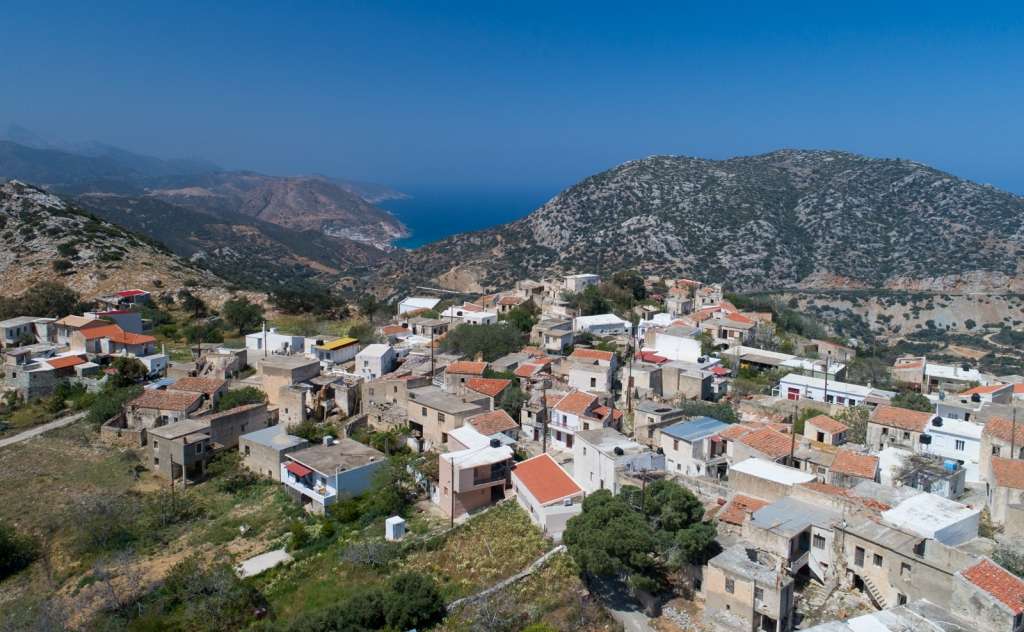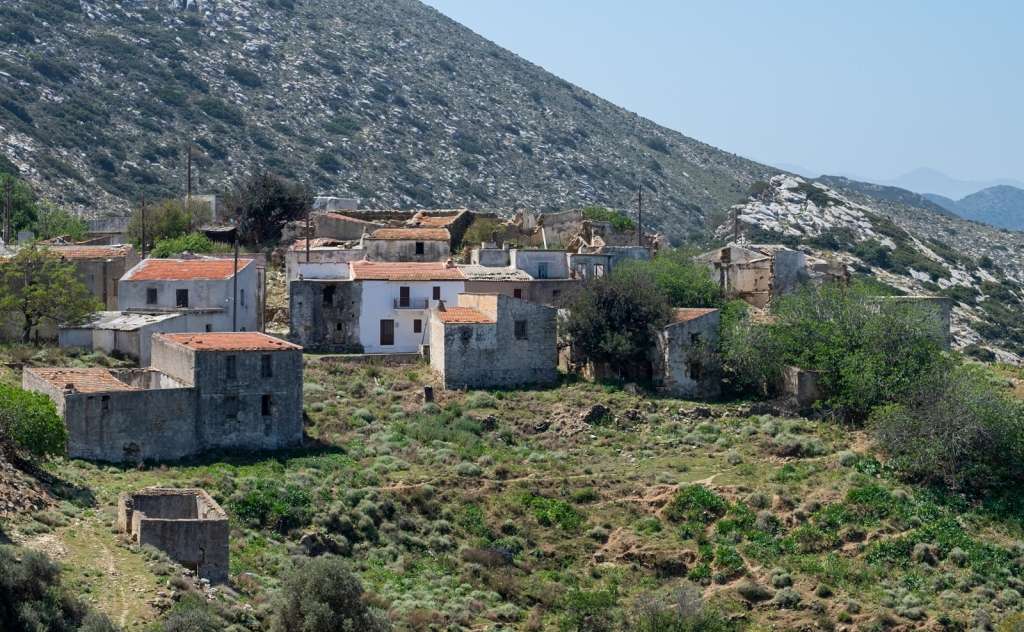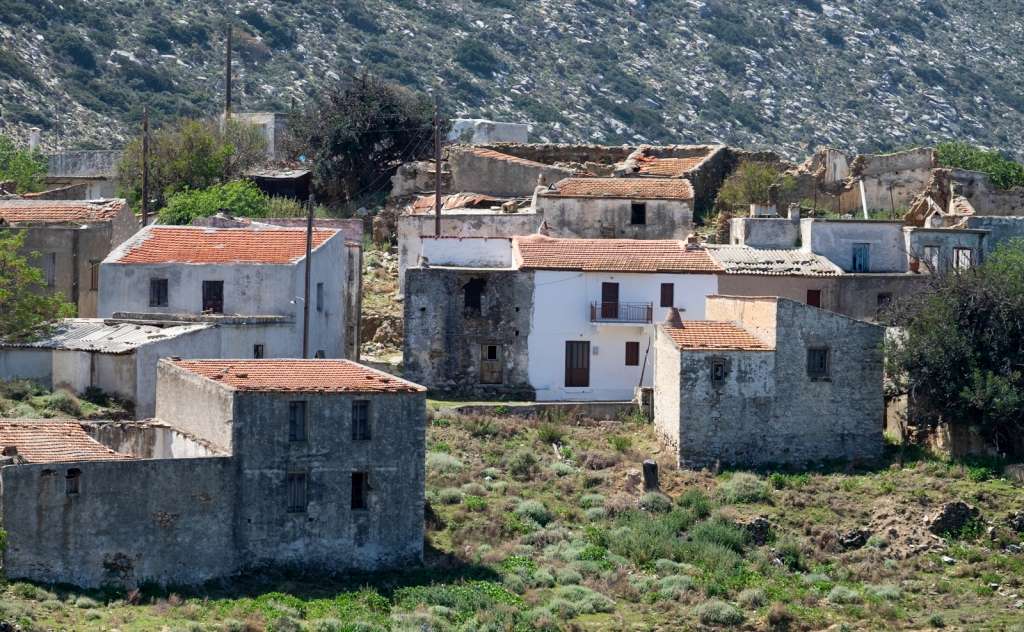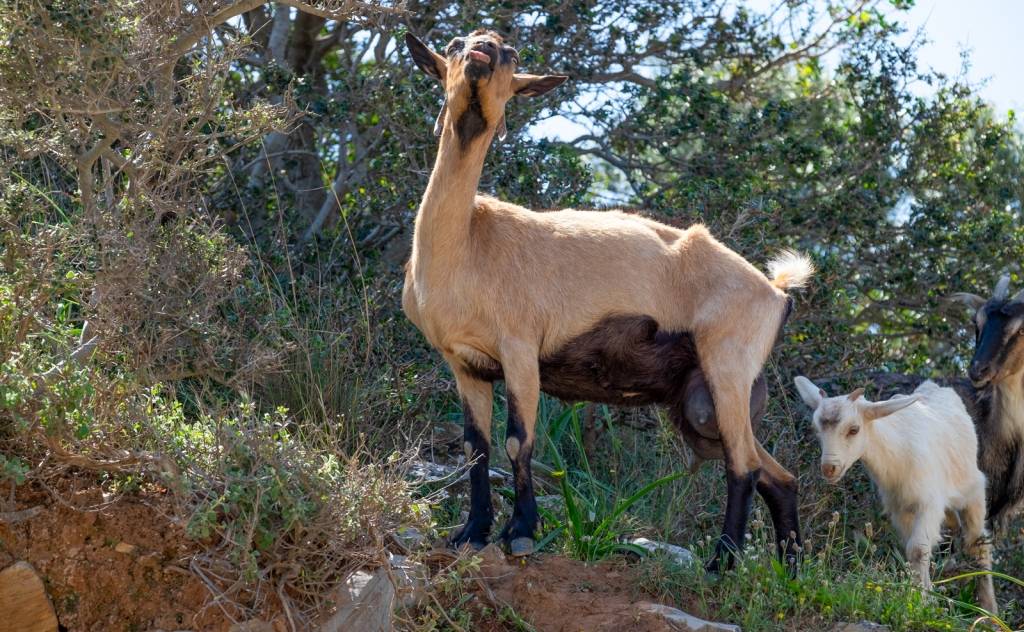







The picturesque village of Achlada is just 7 km from the settlement of Agia Pelagia and 23 km from Heraklion. It is built at an altitude of 3000 metres and has about 57 permanent residents. The name of the village comes from the wild pear (achladi) tree, which in the local dialect is called "achlada" or "achras". According to local tradition, the village got its name from a large wild pear tree that a couple, who was hunted and, therefore, hid in the broader area during the Turkish occupation, met.
The village's history dates back to the Venetian rule era when it is mentioned in Venetian documents of 1630 under the name Achladha. During the Venetian occupation, the village was a manor of the Modina brothers and had 35 houses and two churches. From an official Ottoman census of 1881, we are informed that 347 Christians lived in the village. Later, in a 1900 census of the Cretan State, the village had 429 inhabitants and, in 1913, 476 inhabitants. During the '60s, Achlada was one of the main tobacco-growing areas of Crete.
Visitors can enjoy the village's unique sea view and wander in the traditional alleys with the abandoned mansions. In Achlada, the double church of Agios Ioannis and Agios Tryfonas dominates, while on the north side of the village, on the road, you will find a stone staircase, which leads to two stone fountains. These fountains collect the water that springs from the rock base just behind them. The oldest was built in 1746, as the inscription informs us. The inscription was written in Ottoman script. In fact, as was customary in the Ottoman fountain inscription, the donor's name, the year and the reason for the dedication were mentioned (usually with an epigram). The newer fountain was built in the early 20th century with strong neoclassical and morphological elements.
Finally, in the northeast of the village, one can see the ruins of the abandoned settlement of Kantinos (manor of the Modina brothers), with 48 houses, five churches and two windmills.